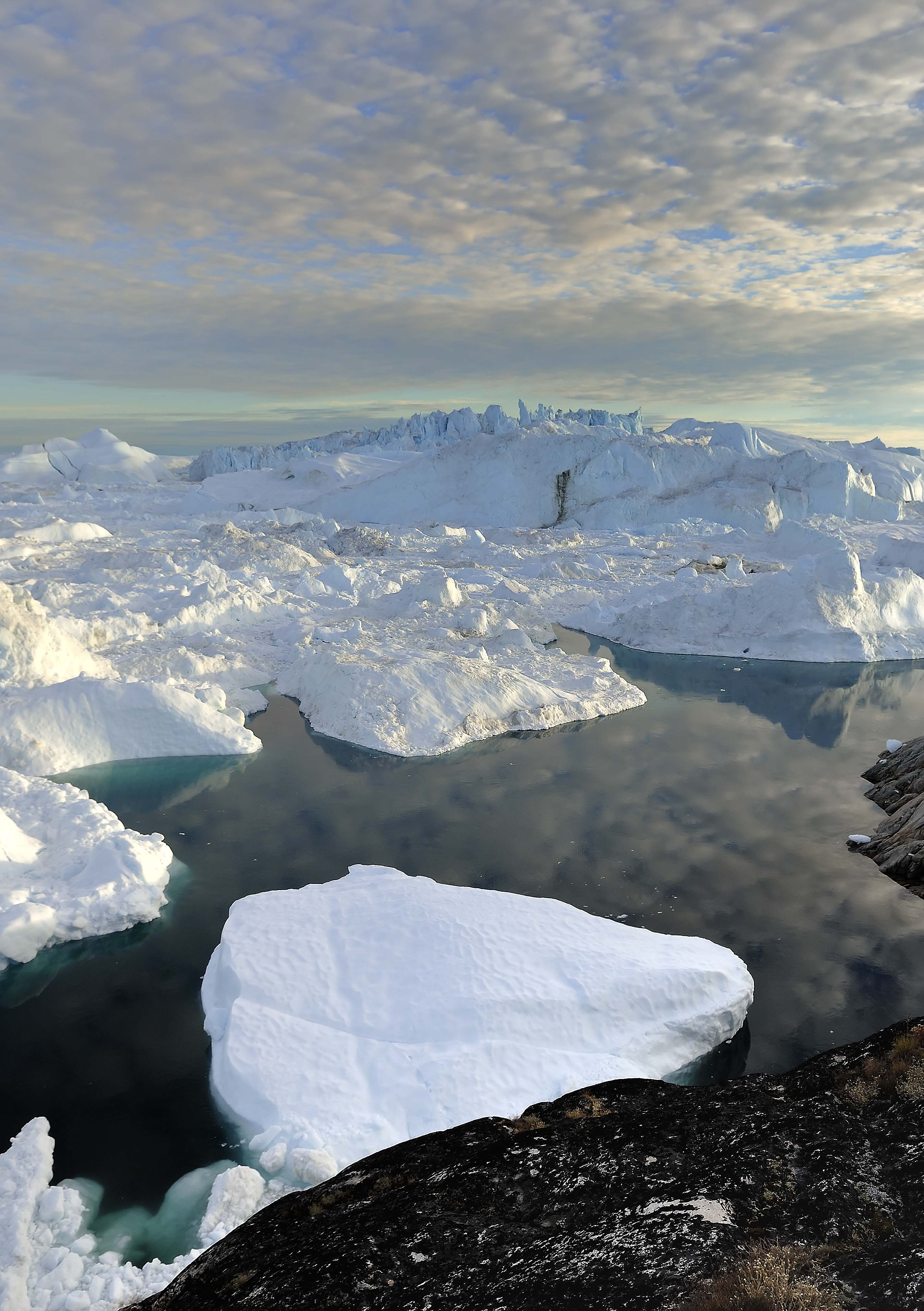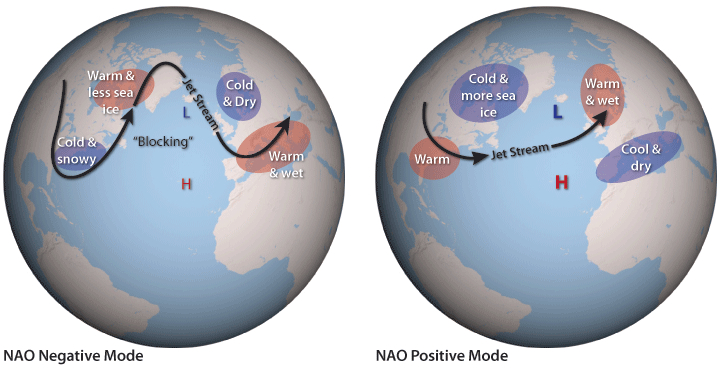Half of Greenland's Warming Tied to Natural Causes

About half of the surface warming that's helping shrink Greenland's glaciers is due to temperatures in the tropical Pacific Ocean, not greenhouse gases, a new study reports.
Sea-surface temperatures in the Pacific are already known to influence global weather patterns at lower latitudes. For example, the El Niño cycle shifts rainfall around the world, delivering precipitation to western North America and causing drought in Australia and Central America.
The new findings could explain why Greenland and the Canadian Arctic are getting hotter more quickly than other regions of the planet. The feverish temperature rise has puzzled scientists: The most up-to-date climate models, such as those in the fifth assessment report of the Intergovernmental Panel on Climate Change, fail to reproduce the rapid warming seen in the Arctic. [On Ice: Stunning Images of Canadian Arctic]
"We know that global warming due to human impacts can't explain why it got warm so fast," said lead study author Qinghua Ding, a climate scientist at the University of Washington.
Researchers have proposed several explanations for the speedy heating, such as a warmer Arctic Ocean from sea ice loss.
But Ding and his co-authors instead see a link between tropical sea-surface temperatures and the North Atlantic Oscillation, a climate pattern that dominates Arctic weather. Since the 1990s, warm sea-surface temperatures in the western Pacific and cool waters in the eastern Pacific have pushed the North Atlantic Oscillation (NAO) into a pattern that allows high pressure above Greenland and the Canadian Arctic. (High atmospheric pressure leads to warmer temperatures.)
"We find that 20 to 50 percent of the warming is due to anthropogenic [man-made] warming, and another 50 percent is natural," Ding said. The study was published today (May 7) in the journal Nature.
Sign up for the Live Science daily newsletter now
Get the world’s most fascinating discoveries delivered straight to your inbox.
Atlantic-Pacific link
The NAO is a major climate player, as it affects the extent of Arctic sea ice; the path of the jet stream; and storm routes across North America, the Atlantic and Europe. Finding a connection between the NAO and the tropics could improve forecasts for the NAO, which has defied accurate prediction.
"The common sense was that the NAO is chaotic, not connected to tropical ocean conditions," said Shang-Ping Xie, a climate scientist at the Scripps Institute of Oceanography, who was not involved in the study. "An obvious implication is that this connection may be exploited to improve climate prediction over the extratropical North Atlantic where the current prediction skills are low."

The connection between the Pacific Ocean and Greenland comes from atmospheric pulses called Rossby waves. These are undulations in the high-altitude winds that race around the globe, such as the jet stream. The distribution of warm and cold air rising above the Pacific Ocean sets off a Rossby wave that eventually favors warmth over Greenland.
"It's like hitting the atmosphere with a hammer in a very specific region, which generates a wave train that causes high pressure over Greenland," Ding said.
New connections to explore
Tropical ocean temperatures have only been closely watched since 1979, with the advent of satellites, so the researchers don't know if the Pacific temperature cycle is short lived or if it has settled in for decades.
"So far our data is really quite short, so we're not sure what the real cause is," Ding told Live Science.
However, the Pacific Ocean warmth is not the same as the El Niño cycle, Ding said. The researchers plan to explore whether the ocean temperatures could be linked to other known climate cycles, such as the Pacific Decadal Oscillation, or if this is a newly discovered variation.
"This study shows how complex regional climate change is," said Juergen Bader, a climate scientist at the Max Planck Institute for Meteorology in Germany, who was not involved in the study. "Even remote processes can have an important impact on the regional climate." [6 Unexpected Effects of Climate Change ]
If the Pacific temperature pattern shifts, warming in the Arctic could slow in coming decades, Ding said. Some evidence already hints this is the case, such as jet stream pattern that socked the East Coast with an extremely cold winter this year. However, human-driven global warming is likely to outpace any natural cooling in coming decades, researchers said.
"It is only a question of time before external forcing [man-made warming] dominates regional Arctic warming," Bader said. "So the role of natural climate variability on certain Arctic warming patterns might be reduced in the long run."
Email Becky Oskin or follow her @beckyoskin. Follow us @livescience, Facebook & Google+. Original article on Live Science.










